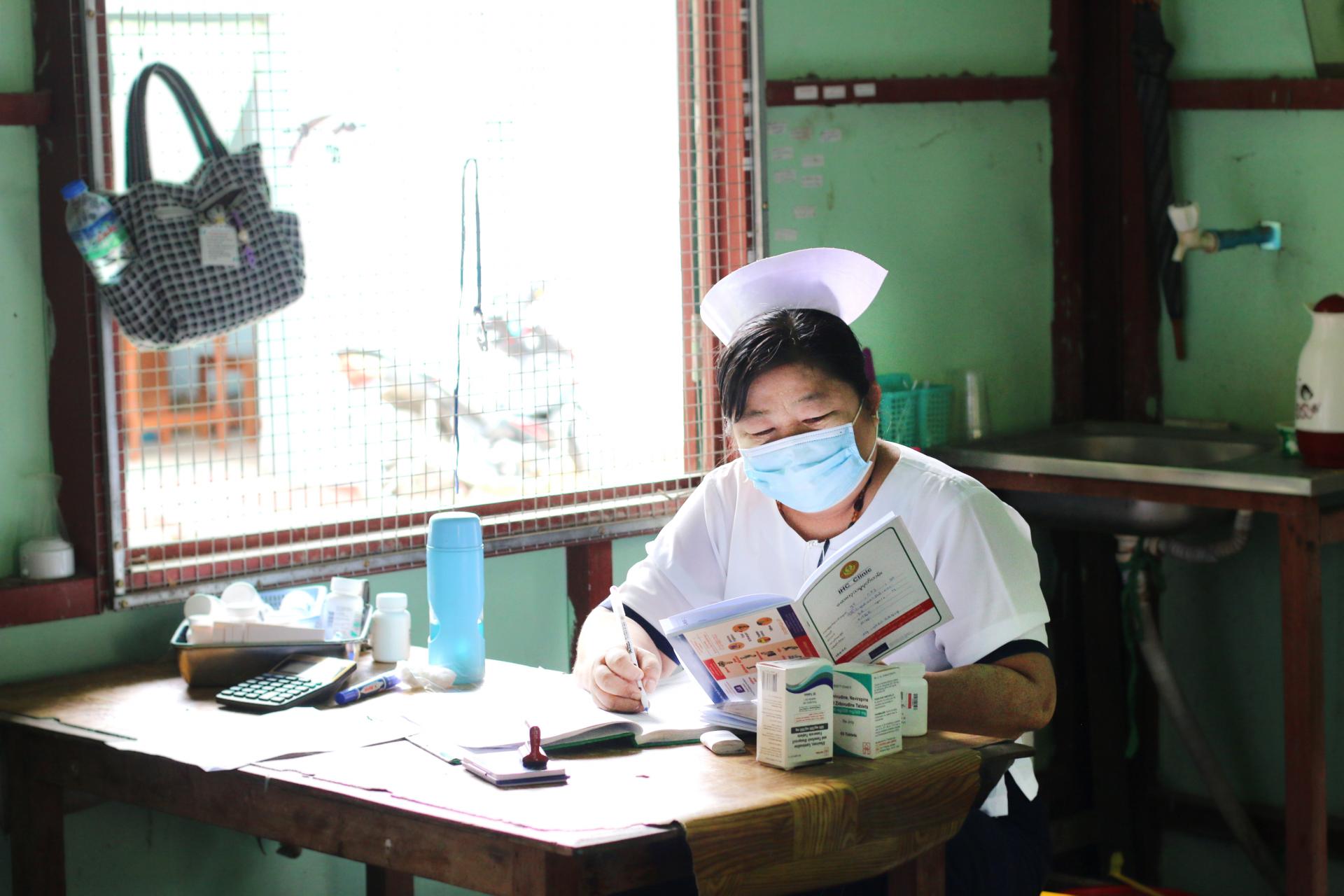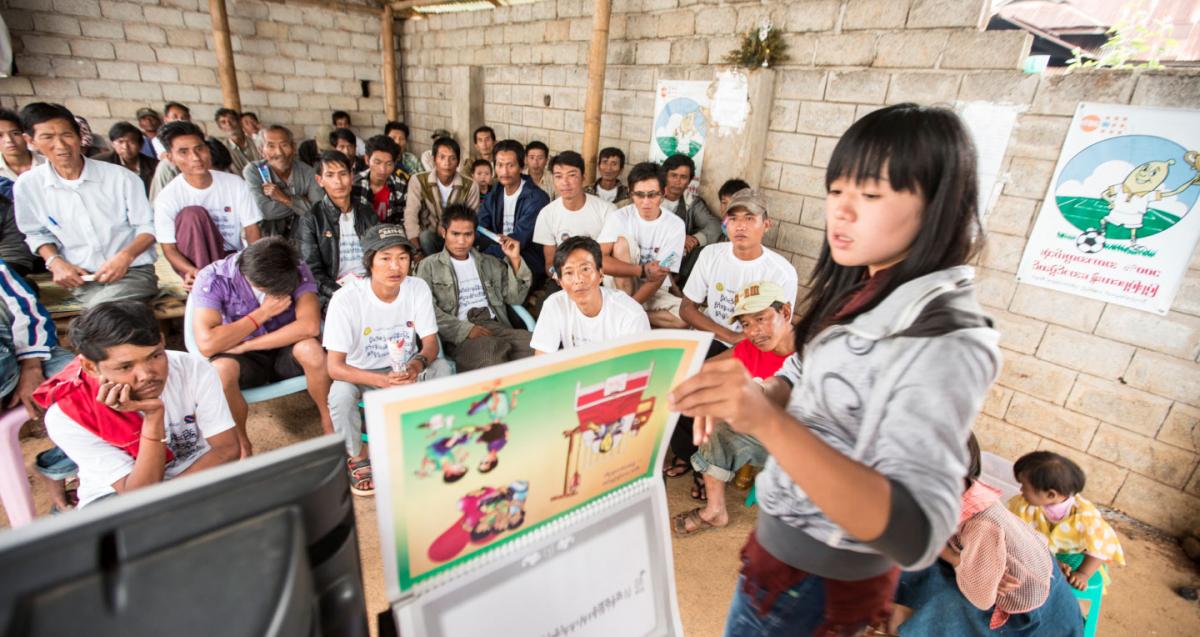Each year, the global AIDS community commemorates 1 December as World AIDS Day. Set aside since 1988, the Day is dedicated to raising awareness of the AIDS epidemic caused by the spread of HIV infection and remembering those who have died of the disease. Governments and health officials, non-governmental organizations, and individuals around the world observe the Day, often with education on HIV prevention and control. For the year 2020, the international theme is ‘Global solidarity, shared responsibility’. Being the year of the COVID-19 pandemic, the 2020 theme resonates both with efforts to contain the further spread of coronavirus and to prevent new HIV infections.
The current global HIV/AIDS disease burden points to the devastating health effects on the population, with over 39 million AIDS-related deaths and more than 36 million people living with HIV. In spite of the many achievements in expanding access to antiretroviral therapy (ART) and progress towards implementation of treatment-as-prevention programmes, approximately 2 million people annually worldwide are newly infected with HIV. Myanmar is one of 35 countries that account for 90% of new HIV infections globally, and one of six countries in Asia identified as a priority for the global Fast-Track strategy to end the epidemic by 2030. Furthermore, in Myanmar the HIV epidemic is concentrated among key populations: while the prevalence among the general adult population is 0.74%, among key populations it is between 14.6% and 34.9% for the years 2014–2018. Key populations that are targeted for prevention services include people who inject drugs, female sex workers and their clients, men who have sex with men, transgender persons, and people in prisons.
In the same period, Myanmar has done a great job in increasing access to ART from 85,000 to 216,000 people living with HIV, with reductions in annual new infections and AIDS-related deaths, which have dropped from 9,700 to about 7,800. As Principal Recipient of the Global Fund grants, PR-UNOPS and its partners continue to be pillars in this fight and in their support to the Ministry of Health and Sports in expanding access to ART and other preventive services through the provision of drugs for the lifelong treatment and, more generally, implementation of the national HIV/AIDS strategy.
From 2011 to 2019, the Global Fund HIV grants have achieved the following results:
- 166,173 people receiving antiretroviral therapy
- 24.4 million+ sterile needles and syringes distributed to drug users
- 77.9 million+ condoms distributed to key populations
- 21,644 people who inject drugs on opioid substitution therapy.
From January to June 2020 alone, the grant contributed the following results:
- 166,173 people receiving antiretroviral therapy
- 4.2 million+ sterile needles and syringes distributed to drug users
- 7.2 million+ condoms distributed to key populations
- 21,644 people who inject drugs on opioid substitution therapy.
Myanmar’s newly developed National Strategic Plan on HIV and AIDS for 2021–2025 has an enhanced prevention focus, targeting new HIV infections among key populations. And, as justifiably identified in this year's theme of ‘global solidarity, shared responsibility’, prevention services are provided by a wide range of actors, including the health system, but more importantly community groups, other civil society actors, persons living with HIV, etc. This calls for shared responsibility to devise new ways of reaching communities of persons affected and impacted by the disease. In recent times, efforts at galvanizing people living with HIV have taken centre stage in the fight against HIV/AIDS, especially to prevent new infections. In the implementation of the new HIV/AIDS strategy, therefore, the prevention focus is being strengthened through deployment of many community outreach approaches, such as reliance on peer support groups, involvement of people living with HIV in carrying out testing and referral services, provision of take-home doses for methadone maintenance therapy (MMT), among others.
In support of the World AIDS Day theme, therefore, the following are being highlighted in the National AIDS Programme’s prevention services, especially in the wake of the COVID-19 pandemic:
- Reaching out to hard-to-reach and remote areas (gold mining, logging and construction sites, IDP camps, and other hotspots) targeting people who inject drugs
- Continuing to decentralize HIV testing through mobile services, mindful of COVID-19 limitations
- Increasing community involvement in promoting demand-creation for harm reduction services, sterile needles and syringes, condoms and lubricants, etc.
- Supporting/strengthening the referral mechanism to reinforce the linkage to care through provision of a cascade of services
- Continuing with treatment literacy, as it leads to increased uptake of treatment services for both ART and MMT, thereby reducing new infections
- Continuing to draw on community networks, linkages, partnerships and coordination as part of promoting shared responsibility to combat both the COVID-19 and the HIV epidemics.
The successful implementation of these re-energized approaches requires recognition of our shared responsibilities. We can win the twin battles of reversing the impact of COVID-19 and HIV through our collective shared responsibility and fast-track these prevention services.
(David Z. Logan is the Public Health Programme Specialist of Asia Regional Health Cluster (ARHC), UNOPS Asia Region)



